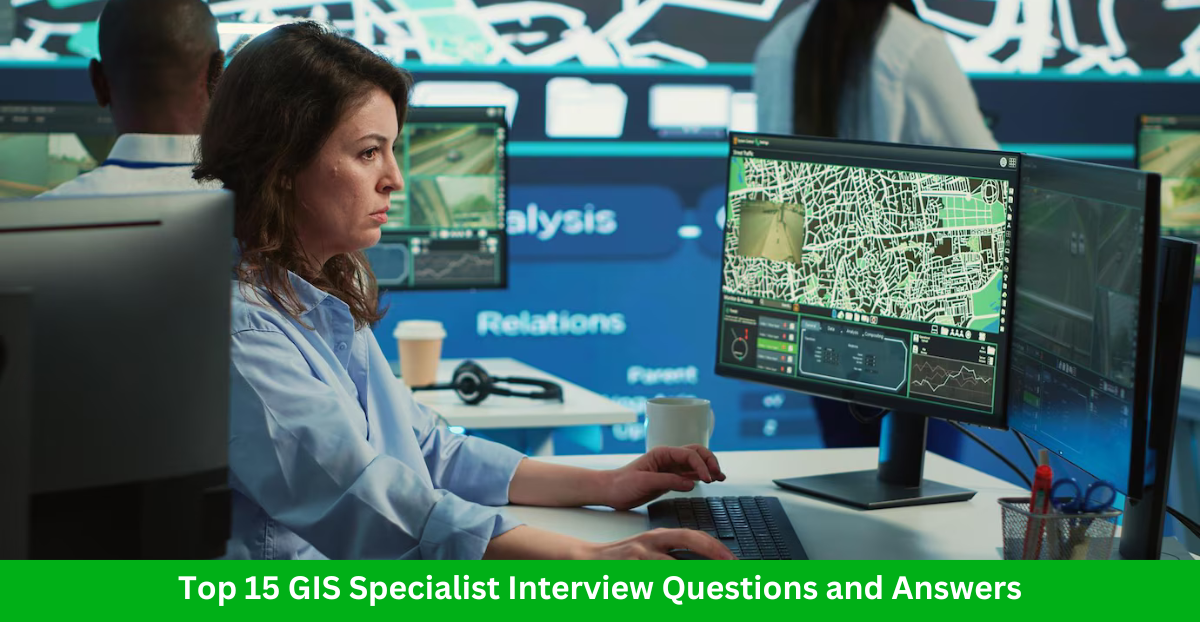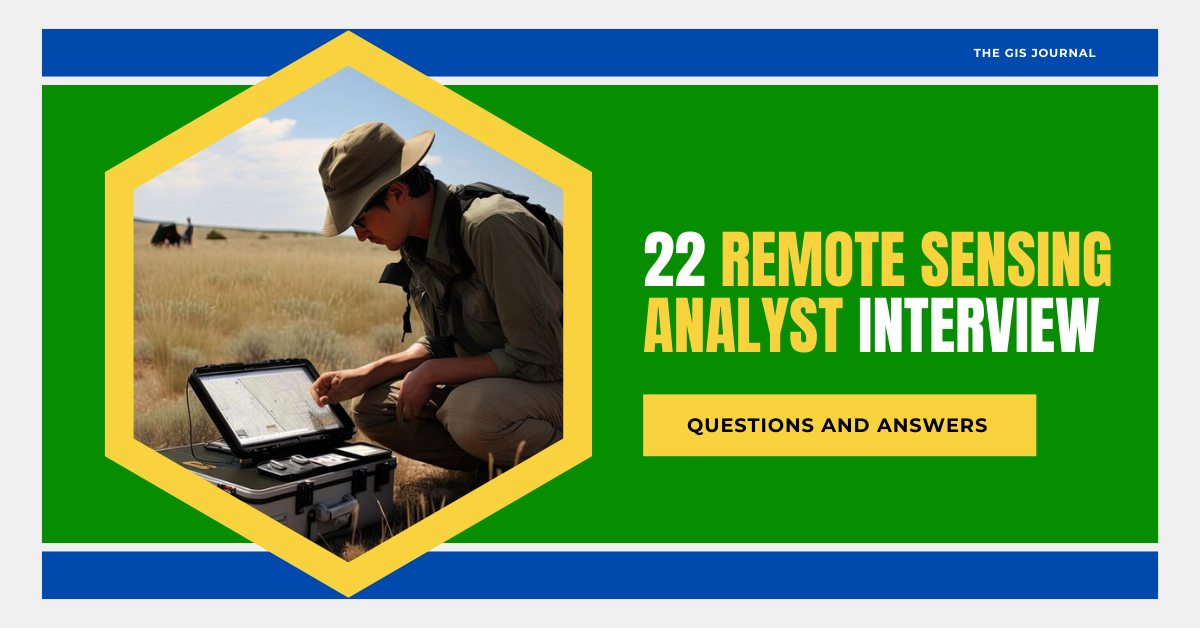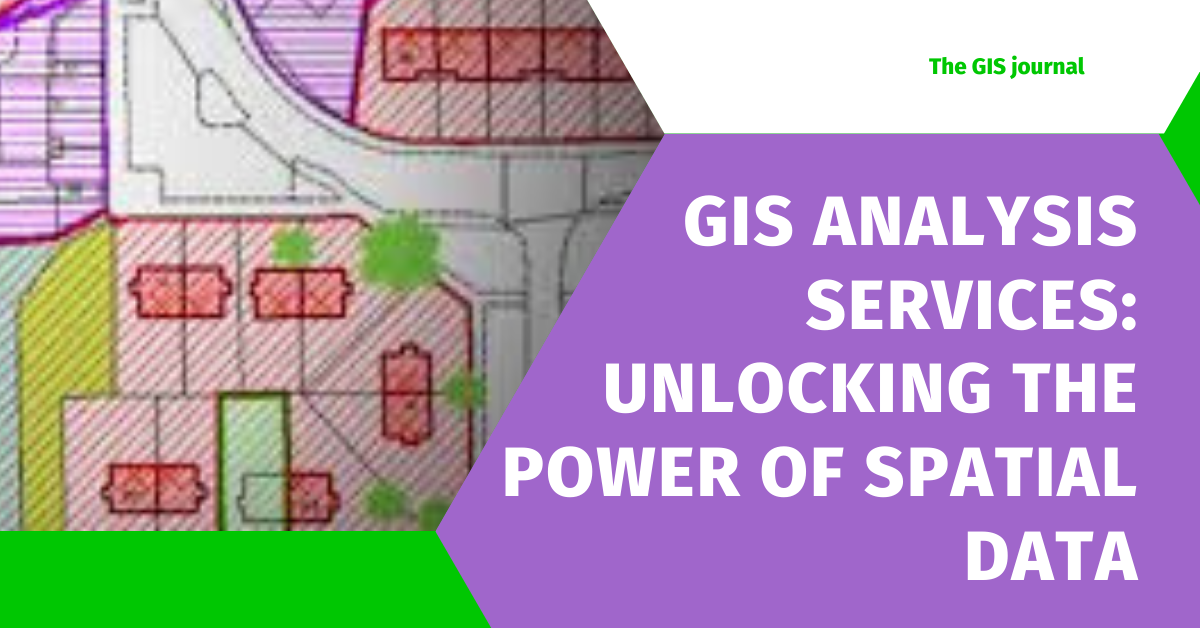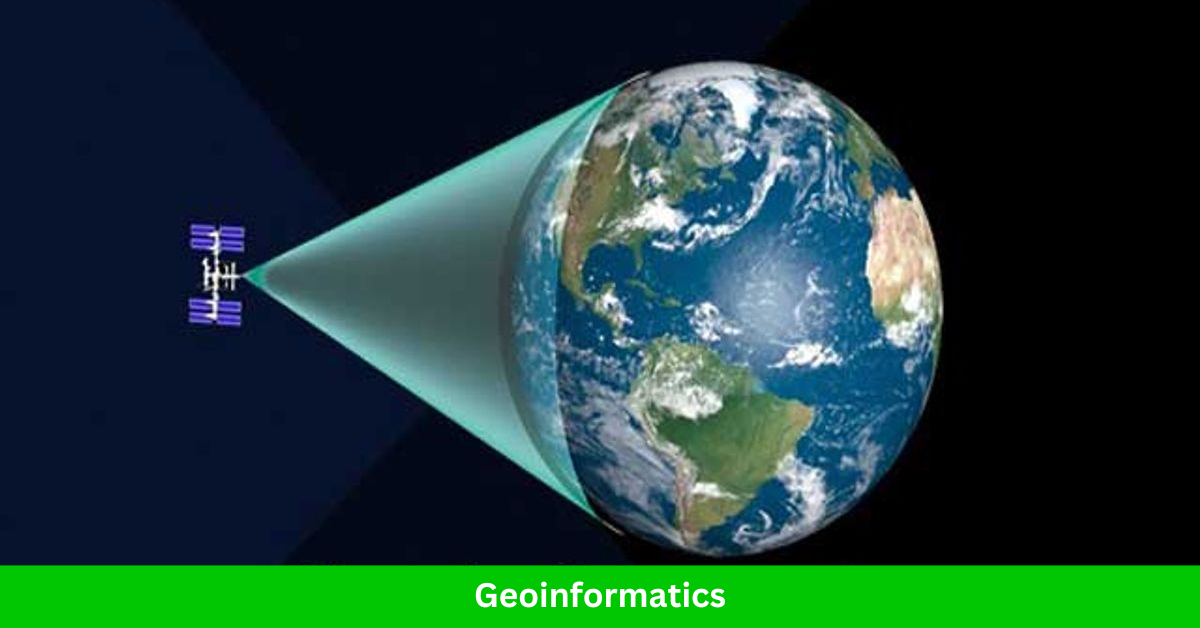Top 15 Environmental Consultant Interview Questions and Answers
If you’re aspiring to become an environmental consultant, being well-prepared for the interview is essential. Employers seek candidates with strong technical expertise, analytical skills, and a passion for sustainability. To help you stand out, here’s a list of the top 15 environmental consultant interview questions and answers to guide your preparation. 15 Environmental Consultant Interview Questions and Answers 1. Can you explain the role of an environmental consultant? This question tests your understanding of the profession. Answer: An environmental consultant provides expert advice to organizations on environmental issues, ensuring compliance with regulations and minimizing environmental impact. They conduct site assessments, prepare reports, and recommend sustainable solutions to clients. 2. Why do you want to work as an environmental consultant? Employers want to know your motivation. Answer: I am passionate about sustainability and helping organizations create a positive environmental impact. This role allows me to use my technical expertise and problem-solving skills to contribute to a greener future. Read Also: 16 Geomatics Engineering Jobs in the United States 3. What are the key environmental regulations you are familiar with? Highlight your knowledge of laws and guidelines. Answer: I am familiar with regulations such as the Clean Air Act, Clean Water Act, and Resource Conservation and Recovery Act (RCRA). Additionally, I understand global frameworks like ISO 14001 and local environmental compliance standards. 4. How do you conduct an Environmental Impact Assessment (EIA)? This technical question evaluates your procedural knowledge. Answer: I start by identifying project objectives and environmental factors. Then, I collect data, assess potential impacts, and propose mitigation measures. The findings are compiled into a report and submitted to regulatory bodies for review. 5. Can you describe a challenging project you managed and how you overcame obstacles? Showcase your problem-solving and project management skills. Answer: In a recent project, we faced unexpected soil contamination. I coordinated with specialists to conduct advanced testing, revised the remediation plan, and communicated changes to the client. This ensured the project stayed on track and complied with regulations. Read Also: Top 15 Urban Planner Interview Questions and Answers 6. What tools or software are you proficient in for environmental analysis? Demonstrate your technical expertise. Answer: I am proficient in software like ArcGIS for spatial analysis, AutoCAD for designing remediation plans, and environmental modeling tools such as CALPUFF and SWMM. These tools enhance accuracy and efficiency in my assessments. 7. How do you stay updated on the latest environmental trends and regulations? Employers value continuous learning. Answer: I regularly attend industry webinars, subscribe to environmental journals, and participate in professional organizations such as the Environmental Professionals Network. These help me stay informed about new regulations and sustainability trends. Read Also: Top 15 GIS Specialist Interview Questions and Answers 8. How would you handle a client who disregards your environmental recommendations? This question assesses your interpersonal and persuasion skills. Answer: I would communicate the potential legal, financial, and reputational risks of ignoring the recommendations. By presenting data and case studies, I aim to demonstrate the benefits of compliance and sustainable practices. 9. What experience do you have with waste management projects? Share specific examples of your expertise. Answer: I led a waste management project for a manufacturing plant, reducing waste by 30% through improved recycling protocols and sustainable sourcing. This included conducting audits, training staff, and implementing new technologies. 10. How do you prioritize tasks when managing multiple projects? Time management is critical for consultants. Answer: I use project management tools like Trello to organize tasks and set deadlines. I prioritize based on client needs, regulatory deadlines, and project complexity, ensuring consistent progress across all projects. Read Also: Top 17 Geodetic Engineer Interview Questions and Answers 11. What’s your experience with environmental remediation? This question tests your hands-on expertise. Answer: I have worked on soil and groundwater remediation projects, including designing cleanup strategies for oil spills and heavy metal contamination. I collaborated with teams to monitor progress and ensure regulatory compliance. 12. How do you communicate complex environmental data to non-technical stakeholders? Communication is key in consulting roles. Answer: I simplify technical jargon using visuals like graphs, infographics, and maps. By focusing on actionable insights and tailoring my language to the audience, I ensure the message is clear and impactful. Read Also: Top 22 Remote Sensing Analyst Interview Questions and Answers 13. What would you do if you discovered a regulatory violation during a project? This scenario tests your integrity and decision-making skills. Answer: I would immediately document the violation, inform the client, and recommend corrective actions. My priority would be ensuring compliance while minimizing legal and environmental risks. 14. How do you assess the sustainability of a project? Employers want to gauge your strategic approach. Answer: I evaluate the project’s lifecycle, energy usage, resource consumption, and waste generation. Using frameworks like the Triple Bottom Line, I recommend strategies that balance environmental, social, and economic benefits. Read Also: Top 15 Land Surveyor Interview Questions and Answers 15. Where do you see the future of environmental consulting heading? Show your understanding of industry trends. Answer: The future lies in leveraging technology like AI and IoT for real-time environmental monitoring. Additionally, there will be a growing focus on climate change adaptation, renewable energy integration, and circular economy principles. Conclusion Preparing for these top environmental consultant interview questions and answers will help you showcase your expertise, passion, and readiness for the role. By demonstrating both technical knowledge and soft skills, you can confidently make a lasting impression during your interview. FAQs Q1: What qualifications are required to become an environmental consultant? A bachelor’s degree in environmental science, engineering, or a related field is typically required, along with certifications like LEED or ISO 14001. Q2: How much does an environmental consultant earn? Salaries vary, but the average annual income for environmental consultants ranges between $60,000 and $80,000, depending on experience and location. Q3: What industries hire environmental consultants? Environmental consultants are hired by industries such as construction, manufacturing, energy, and government agencies.









